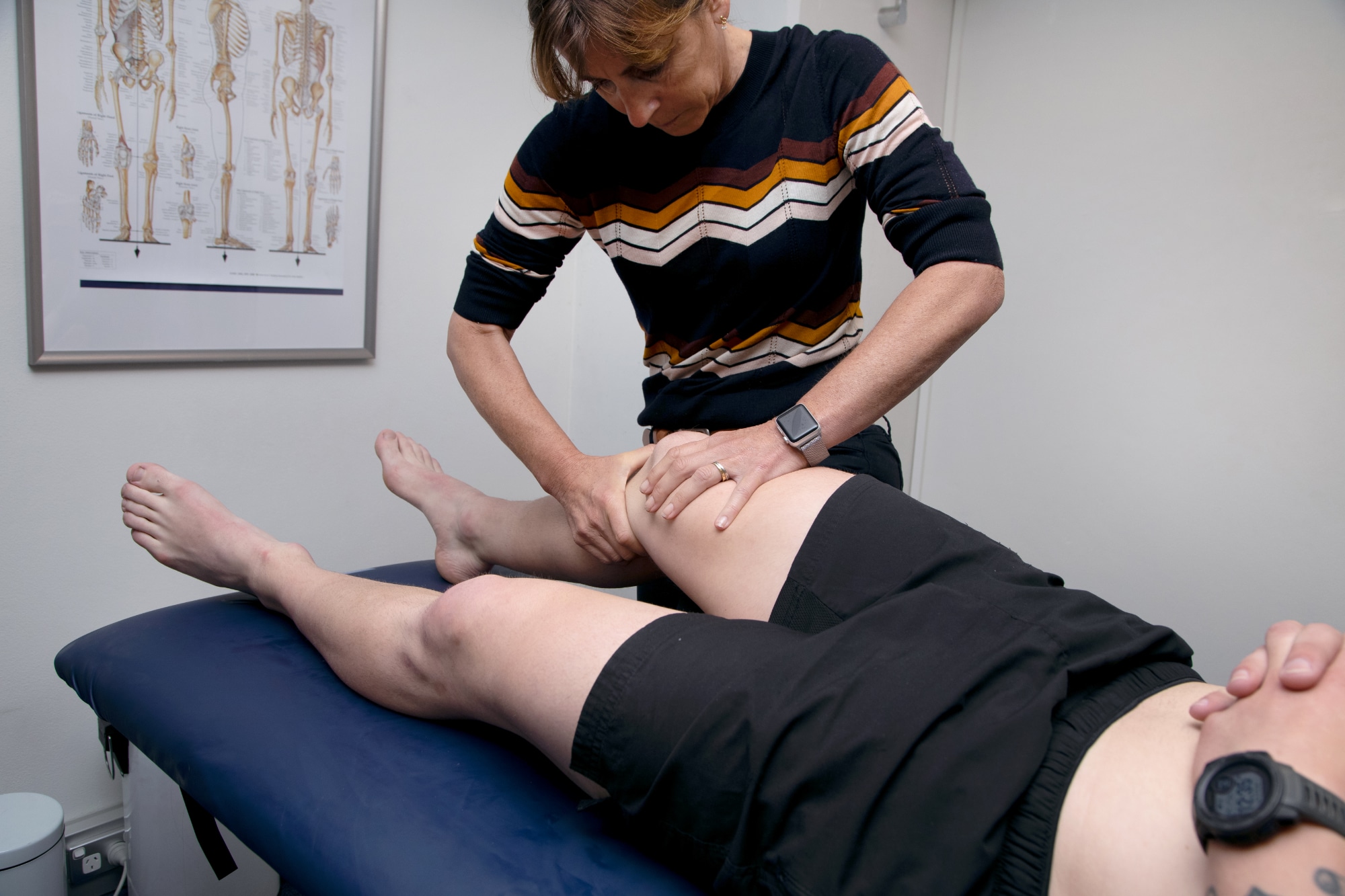We are open Monday to Saturday with extended hours
We are open Monday to Saturday with extended hours

COMMON CONDITIONS AND HOW A PHYSIOTHERAPIST CAN HELP
Signs and Symptoms
What is happening with the body?
What can you try at home to help?
How can physiotherapy help?
Signs and Symptoms
What is happening with the body?
What can you try at home to help?
How can physiotherapy help?
Be the first to know about news and insights.
"*" indicates required fields